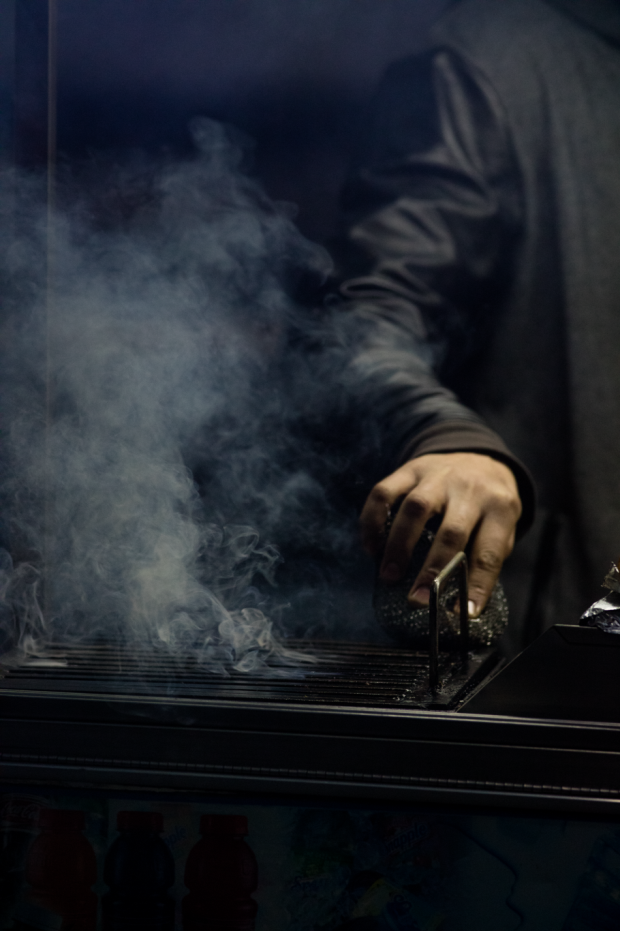Seeing the Everyday Anew
Picture your surroundings in a different way
a. Oto Gillen deftly exploits photography’s capacity to crop, focus, and reassemble in order to render the ordinary unfamiliar and new. As an assignment, ask students to use the camera on a smartphone to take a photograph outdoors. The picture could be taken either during the day or at night. It could be taken on their way to or from school. Ask them to focus on a detail close up or an unusual view of their surroundings. Have them think about cropping, framing, zooming in, and composition.
b. Ask students to email the photographs so that you can collect and print them out.
c. Have students divide into small groups. Ask each group to arrange or “curate” their images in a sequence on a table or classroom wall. Oto Gillen sequenced his images from day to night. How will they sequence theirs? Ask students to consider content, color, location, time of day, or another type of sequence. Think about the shape of their image arrangement. Will the images be placed in a line, a random cluster, a square, a circle, or another configuration?
d. Ask students to discuss the arrangement and sequence of their photographs. What choices did they make? What view of their surroundings did students create collectively? Why did they choose to sequence their images in that order? In sequencing their photographs, did students see their surroundings in a different way? How?

